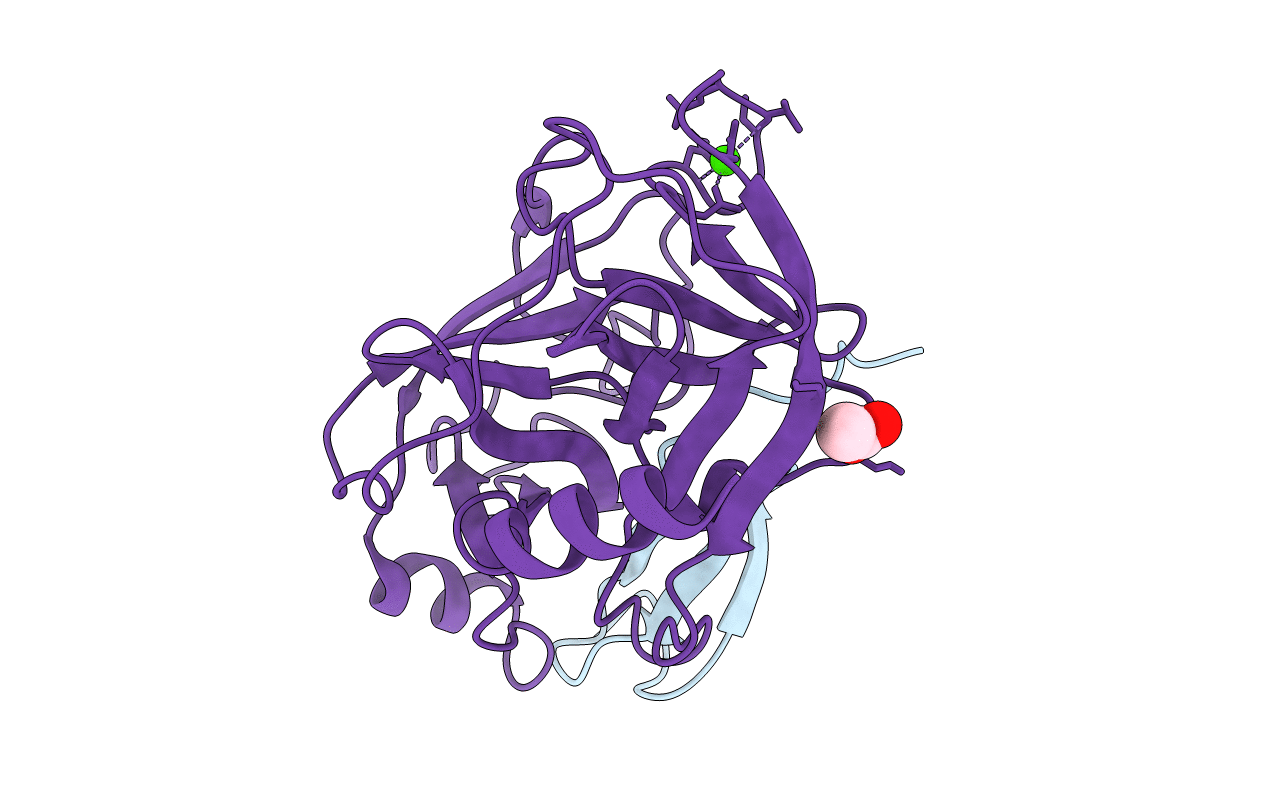
Deposition Date
2010-10-12
Release Date
2010-11-10
Last Version Date
2024-11-06
Entry Detail
PDB ID:
2XTT
Keywords:
Title:
Bovine trypsin in complex with evolutionary enhanced Schistocerca gregaria protease inhibitor 1 (SGPI-1-P02)
Biological Source:
Source Organism:
SCHISTOCERCA GREGARIA (Taxon ID: 7010)
BOS TAURUS (Taxon ID: 9913)
BOS TAURUS (Taxon ID: 9913)
Method Details:


